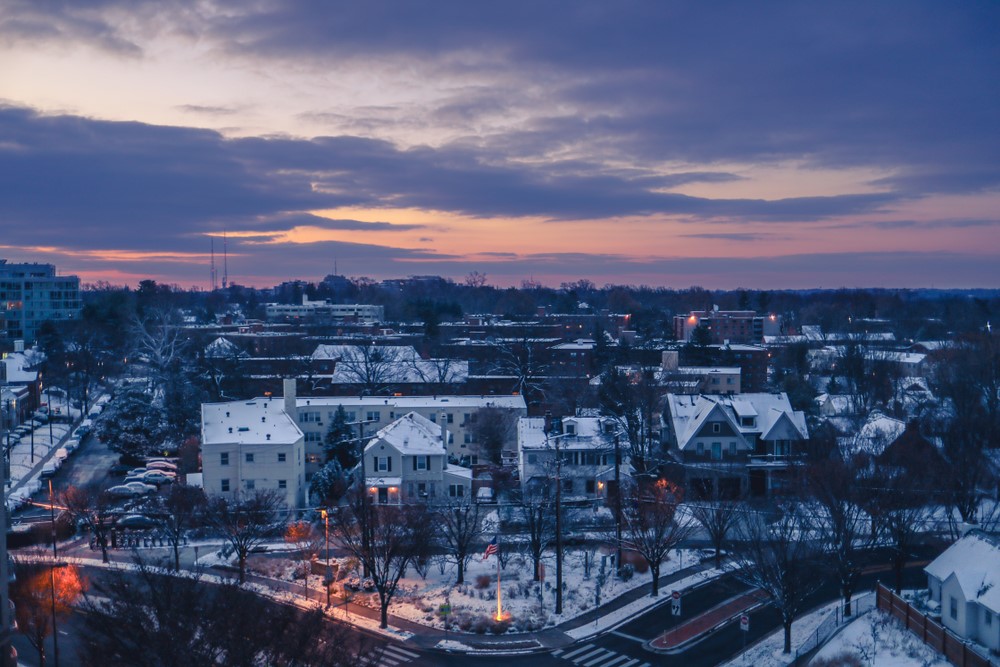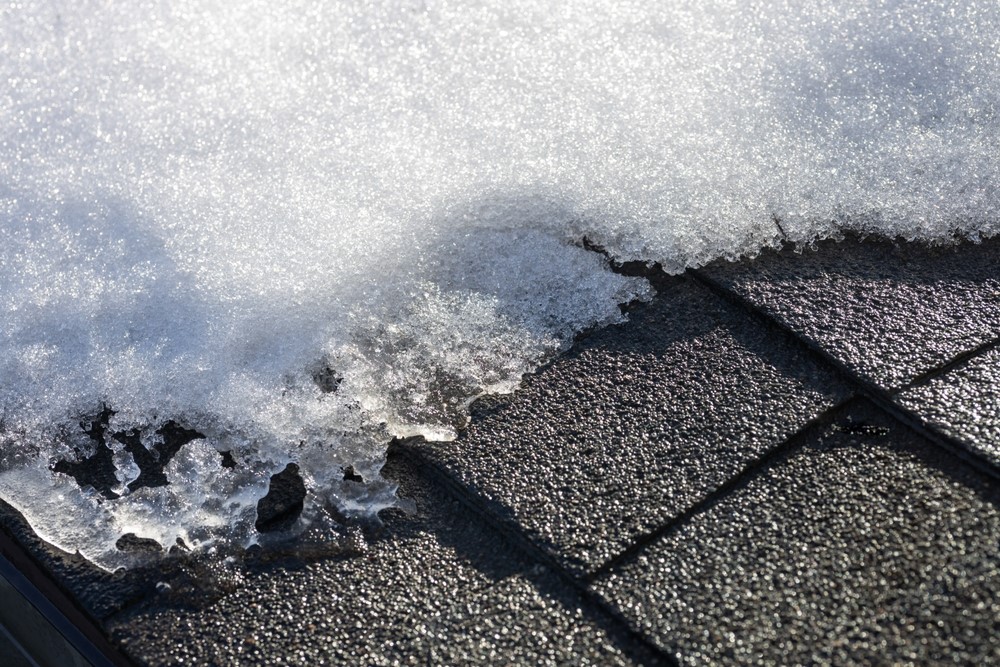Whether you’ve built a conservatory roof yourself, or you inherited one when you purchased your home, there are a few things you should know about conservatory roofs. While conservatories were originally defined as an addition that had 75% of the roof and 50% of the walls made of glazed materials, definitions and codes have changed, which are giving you more options than ever before.
The Drawbacks of Traditional Conservatory Roofs
Traditional conservatory roofs were made with glass panes. Often these panes were poorly installed and insulated which meant that your conservatory was too hot in the summer and too cold in the winter. Additionally, it may be damp, leak, and just look old or dingy over time. If your conservatory is more than 20 years old, chances are that it has a roof that is causing it to be much more inefficient in energy usage than it could be.
Conservatory Roof Replacement: Newer Options for Conservatory Roofs
Today, you have many more options available to you for conservatory roofs. Whether you opt for glass for the traditional look and style, or something more modern, these newer roofs all have several things in common:
They provide better insulation to the room making it more comfortable year round
They are easier to care for and maintain, making the curb appeal of the room better
They are lightweight and won’t require you to change the structure of the room
They help to reduce glare, which helps with modern usage such as reading tablets inside
Conservatory Roof Replacement Option 1: Glass.
If you want to maintain the traditional look of your conservatory, you have a few options for new roofs. In addition to using glass roofs that are much better insulated to reduce glare and solar heating, glass roofs are now available that are self-cleaning to avoid streaks and spots, as well as low-emissivity glass that can help you lower your energy bills year round while making the conservatory more comfortable to use.
Conservatory Roof Replacement Option 2: Polycarbonate
Conservatories need to have a lightweight roof because more than 50% of the rest of the structure is typically made of glass with little in the way of structural integrity. That’s why polycarbonate roofs are becoming so popular. These tile roofs can match the appearance of the rest of the home, but are much lighter weight and easier to install for the conservatory. They also help to add some additional insulation to the area so the room is more comfortable year round.
Conservatory Roof Replacement Option 3: Aluminum
If you want a more modern look for your conservatory, consider a standing seam roof made of aluminum. These lightweight roofs reflect heat so the conservatory doesn’t become superheated inside. Depending on the size, slope, and positioning of your conservatory, you may also be able to find some aluminum tiles and other roofing materials that can give you a variety of different looks.
Pay Attention to the Material
While new codes allow you to use something more substantial on the roof of your conservatory, keep in mind that the original structure may not support it. This may mean you need to rebuild the entire room in order to do the conservatory roof replacement. Be sure to research your options carefully to ensure that you find a new roof that both matches the style of your home, but also ensures that the room gets better use year round to justify the costs.
Subscribe to NV Roofing's Blog







